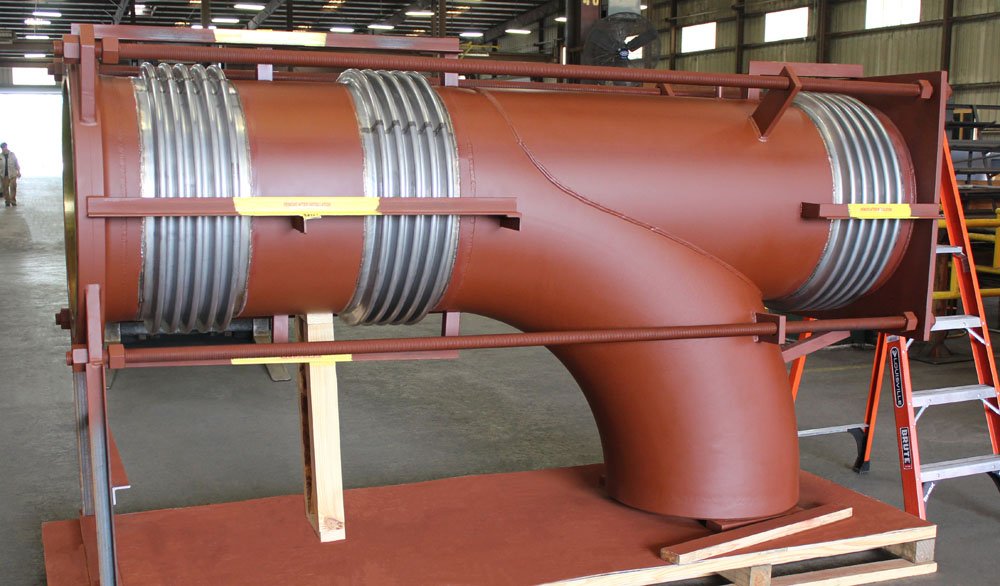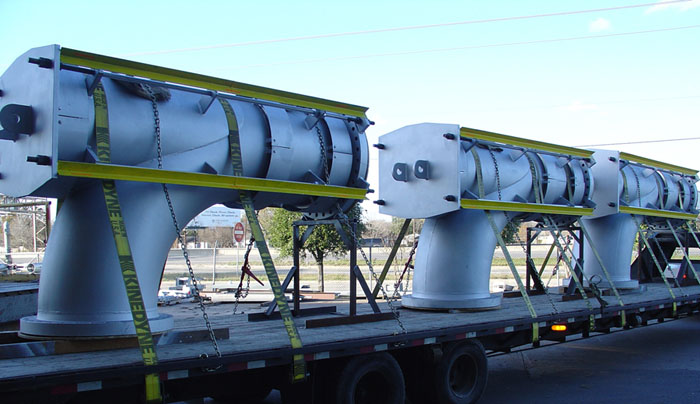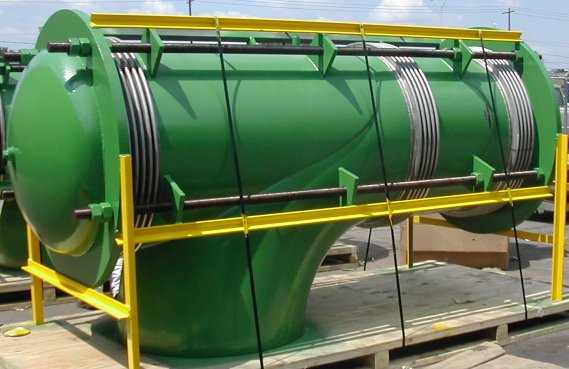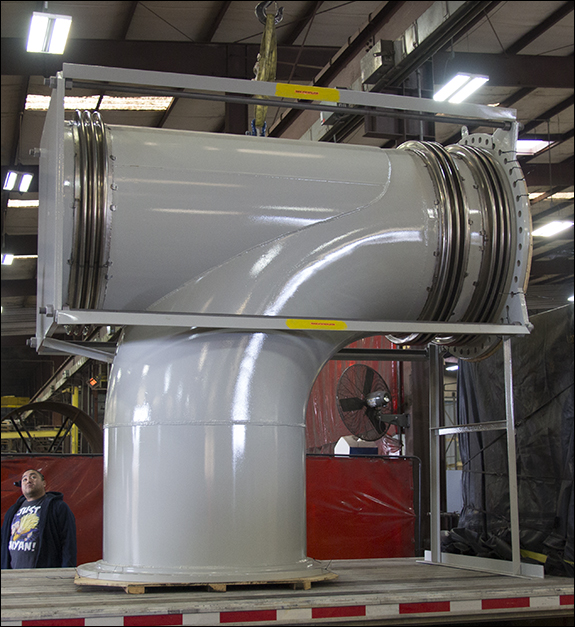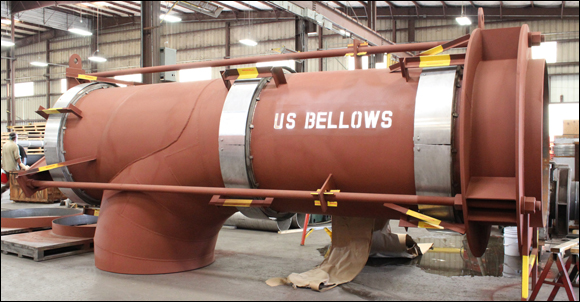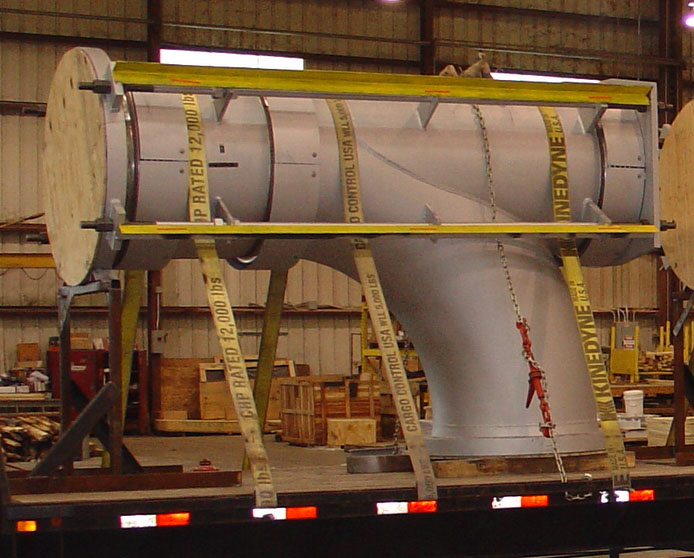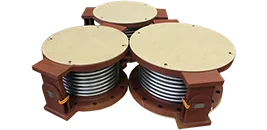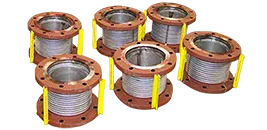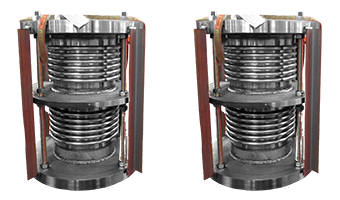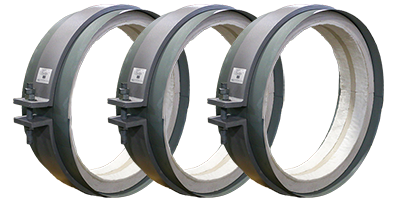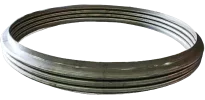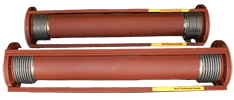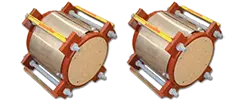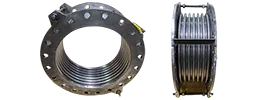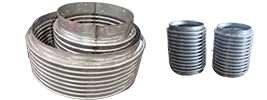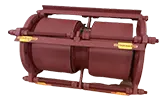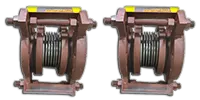Features
- Absorbs axial and lateral movements
- Eliminates main anchors
- Minimum guiding required
- Pressure forces remain in balance
- No volume change
- Balance-pressure thrust remains constant
Technical Information
Installation & Maintenance (Metallic Expansion Joints)
Pressure Balanced Expansion Joints
Types of Metallic Bellows Deflections
Bellows Expansion Joint Loads
How to Look for Signs of Expansion Joint Failure
View more Technical Information
FAQs
How to Test an Expansion Joint?
How do metallic bellows function?
Case Studies
11/14/16: 60″ Dia. Elbow Pressure Balanced Expansion Joint for a Power Plant in California
9/1/14: 24″ Dia. Elbow Pressure Balanced Expansion Joint Designed for a Chemical Plant in Missouri
4/3/17: Custom Tied Elbow Pressure Balanced Expansion Joint for a Chemical Plant in Texas
Request A Quote



